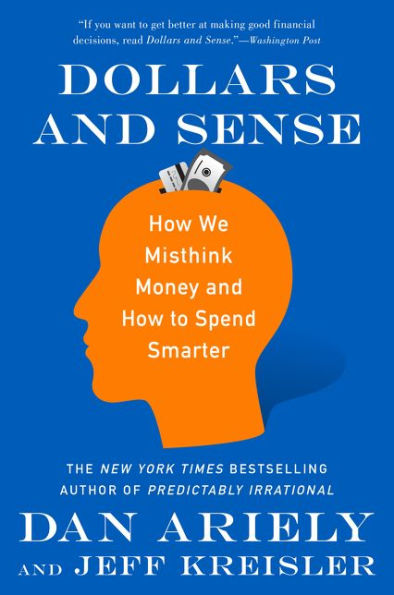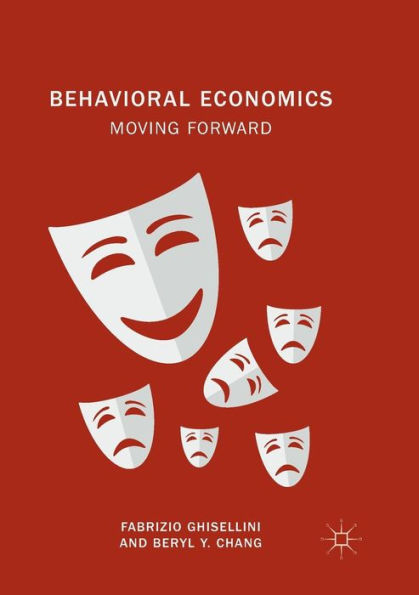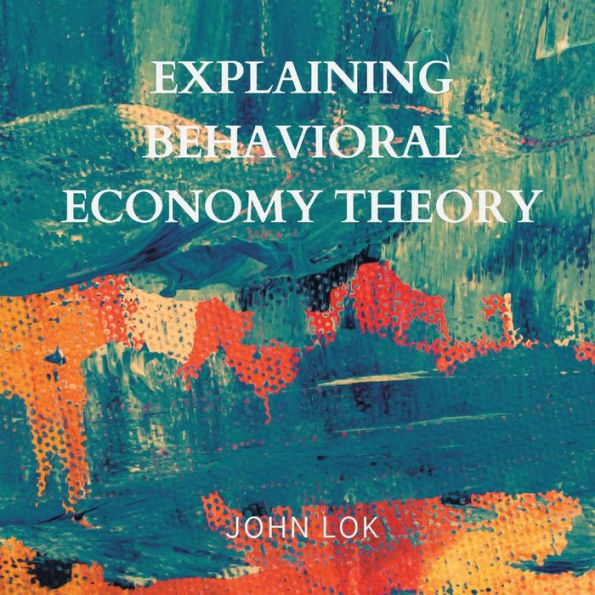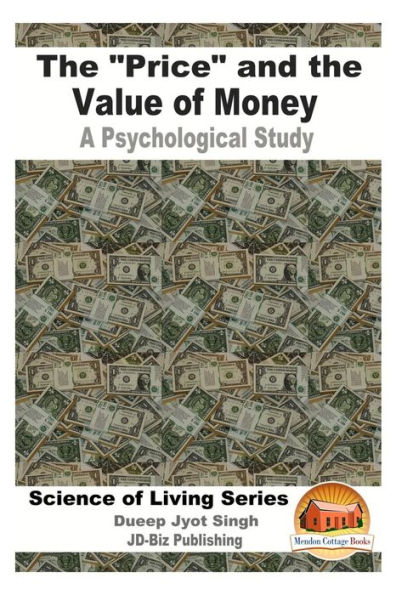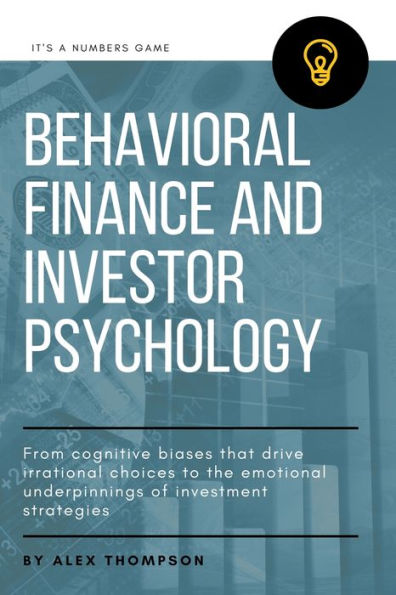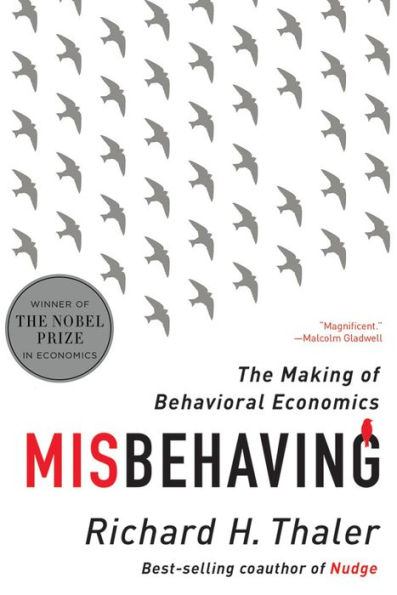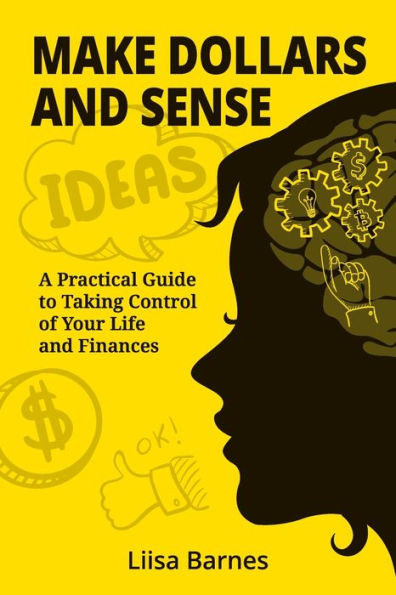Home
Decoding Dollars Understanding Behavioral Economics in Financial Decision-Making
Loading Inventory...
Barnes and Noble
Decoding Dollars Understanding Behavioral Economics in Financial Decision-Making
Current price: $25.96


Barnes and Noble
Decoding Dollars Understanding Behavioral Economics in Financial Decision-Making
Current price: $25.96
Loading Inventory...
Size: OS
*Product Information may vary - to confirm product availability, pricing, and additional information please contact Barnes and Noble
In today's complex and ever-changing financial landscape, it is crucial to have a solid understanding of the principles that drive our financial decision-making process. Behavioral economics, a field that combines psychology and economics, offers a unique perspective on how individuals make choices in the realm of finance. This subchapter aims to introduce the basics of behavioral economics to a diverse audience, catering to both the general public and those interested in the niche of behavioral economics.
At its core, behavioral economics challenges the traditional economic assumption that individuals always act rationally and in their best interest. Instead, it recognizes that our decisions are often influenced by various cognitive biases, emotions, and social factors. By understanding these influences, we can gain valuable insights into our own financial decision-making and make more informed choices.
One key concept in behavioral economics is the idea of loss aversion, which suggests that individuals feel the pain of losing more intensely than the pleasure of gaining. This bias can lead us to make irrational decisions when it comes to investments or financial risks. Additionally, anchoring bias refers to our tendency to rely heavily on the first piece of information we encounter, even if it may not be relevant or accurate. Recognizing these biases can help us make more objective financial decisions.
Another important aspect of behavioral economics is the concept of herd mentality. Humans are social beings, and our decisions are often influenced by the actions and opinions of those around us. Understanding this behavior can help us avoid making investment decisions based solely on popular opinion or market trends, and instead make decisions based on thorough analysis.
Furthermore, behavioral economics sheds light on the role of framing and presentation in decision-making. The way information is presented to us can greatly impact our choices. For example, the way a product or investment opportunity is framed as a gain or a loss can significantly influence our decision to engage with it. Recognizing these framing effects can empower us to make more objective decisions.


